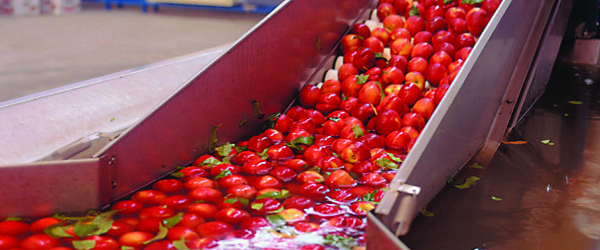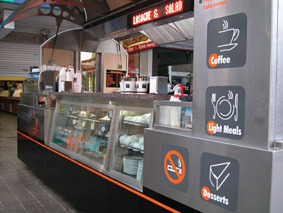A worrying trend among Australia's major resource companies is the increasing amount of engineering, detailing and fabrication work being sent offshore - a move that has had significant impact on local fabrication. But there are some positive signs in the food and beverage sector that local fabricators are more than capable of meeting design and fabrication expectations.
When ASSDA member and Accredited Fabricator, A&G Engineering, put in a bid to build 10 x 100 hectolitre beer fermenters for Casella Estate - a company best known for their Yellowtail wine label - they had to compete against companies as far










 Manufacturing by an Australian firm will also make it easier for specificiers to communicate their special requirements.
Manufacturing by an Australian firm will also make it easier for specificiers to communicate their special requirements.



 Page’s of the Mall is a stainless steel satellite to an existing cafe located in the busy Launceston Mall. Custom built for the site, it has proved popular and profitable since opening shortly before Christmas 2002.
Page’s of the Mall is a stainless steel satellite to an existing cafe located in the busy Launceston Mall. Custom built for the site, it has proved popular and profitable since opening shortly before Christmas 2002.




